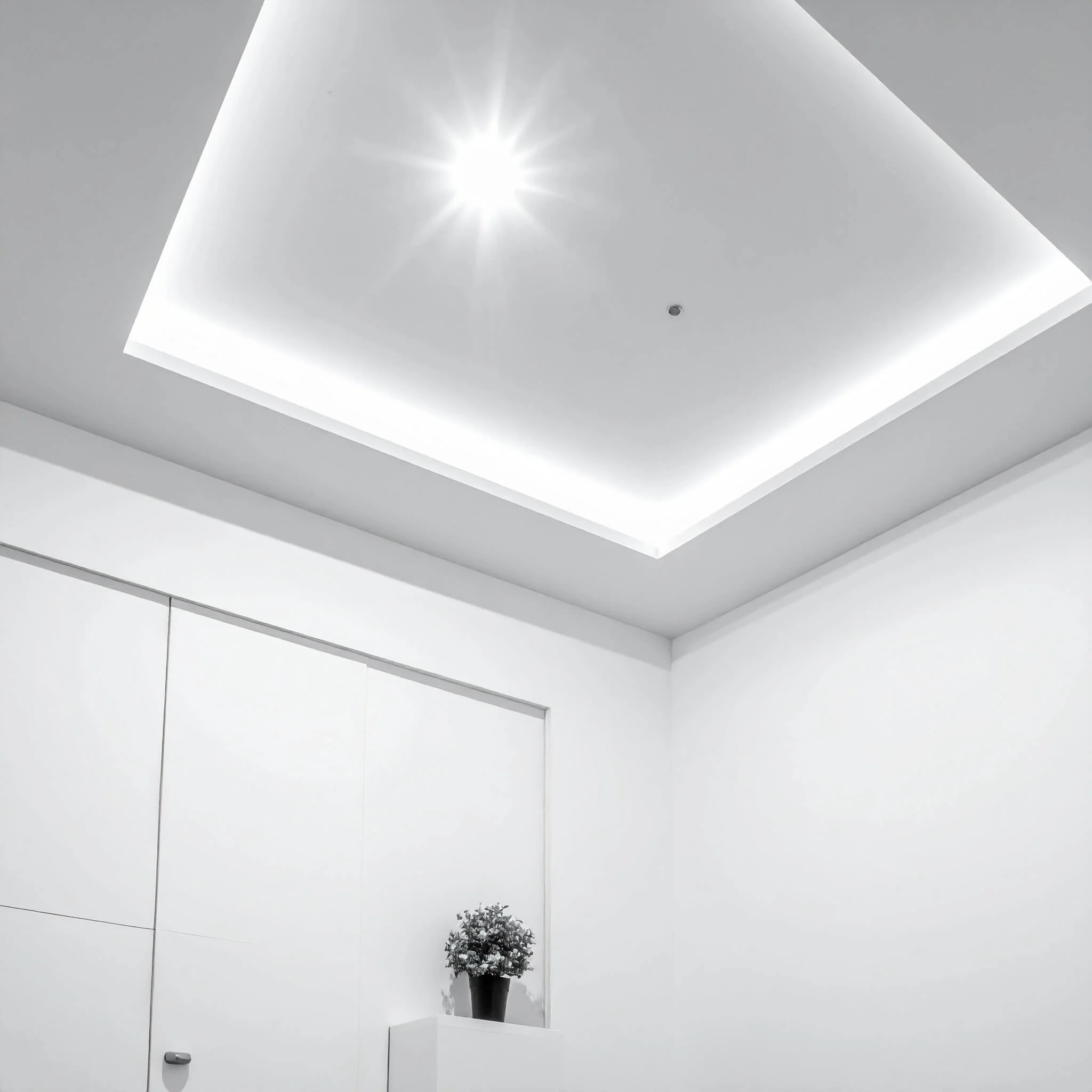When it comes to modern interior lighting, few options are as sleek, functional, and versatile as recessed lighting. Also known as downlights or can lights, these fixtures sit flush with the ceiling, offering a clean, uncluttered look that suits any style of décor. But to get the most out of recessed lighting, it’s important to choose the right type for each room in your home.
From brightness and beam angles to placement and dimming features, there are several factors to consider. In this guide, we’ll help you choose the perfect recessed lighting for every room using Australian standards and styling tips.
Understand the Basics of Recessed Lighting
Before selecting recessed lighting, it’s helpful to understand its components. A standard recessed light includes the housing, which sits within the ceiling cavity; the trim, which is the visible part; and the bulb or integrated LED.
There are also different types of housings for various ceiling types—such as IC-rated (for use near insulation) or airtight models (to improve energy efficiency). Knowing your ceiling type and insulation setup will help you choose the correct fitting.
Choose the Right Colour Temperature
The colour temperature of your recessed lighting can completely change the mood of a room. Measured in Kelvins (K), warmer lights (2700K–3000K) create a cosy, inviting atmosphere, while cooler lights (4000K–5000K) are more energising and ideal for task-focused areas.
Warm white is perfect for bedrooms and living areas where comfort is key. Cool white works well in kitchens, laundries, and bathrooms where visibility matters. Daylight tones can be suitable for home offices, helping to reduce eye strain.
For ultimate flexibility, consider dimmable LED downlights that let you adjust both brightness and tone throughout the day.
Recessed Lighting for the Kitchen
The kitchen is a high-traffic, task-focused space that benefits from layered lighting. Recessed lighting in the kitchen should be bright, functional, and strategically placed.
Install lights over work zones like benches, islands, and sinks. Use a beam angle between 60–90 degrees for even coverage without shadows. You can combine recessed lights with pendant lights or under-cabinet strips for layered illumination that’s both practical and stylish.
LED recessed lights with a colour rendering index (CRI) of 90+ are ideal in kitchens, as they render colours more accurately—especially useful when prepping meals.
Recessed Lighting for the Living Room
In the living room, recessed lighting should offer flexibility and ambience. Opt for warmer tones and pair downlights with accent lighting like floor lamps or wall sconces.
Consider zoning the lights to highlight different areas—such as the seating area, artwork, or shelving. A dimmer switch is essential here to set the mood for movie nights or entertaining guests. Aim for fewer lights spaced strategically rather than over-lighting the room.
For added interest, directional downlights (also called gimbals) can be used to focus on art or architectural features without creating glare.
Recessed Lighting for Bedrooms
The bedroom is a space for relaxation, so softer, more ambient lighting is key. Recessed lighting can be used for general illumination, but it should be warm-toned and low-glare.
Install downlights around the perimeter of the room rather than directly over the bed to avoid harsh lighting. Pair with bedside lamps, pendant lights, or wall-mounted reading lights for a layered lighting effect that adds comfort and functionality.
Dimmable fixtures are particularly helpful in bedrooms, allowing you to adjust the brightness to suit your routine.
Recessed Lighting for Bathrooms
Bathrooms require a balance between functionality and safety. Use recessed lighting rated for wet or damp areas, particularly over showers or baths.
Choose a cool white light (4000K) for clarity, especially above vanities or mirrors. For makeup application and grooming, accurate lighting is crucial—look for LEDs with a high CRI.
Installing downlights symmetrically over the vanity and general ceiling lighting throughout the room ensures no corner is left dim. Be sure to check your lighting complies with Australian safety standards, especially in wet zones.
Recessed Lighting for Hallways and Entryways
Recessed lighting is ideal for narrow or low-ceilinged spaces like hallways and entryways. It keeps the ceiling clean while ensuring adequate light throughout.
Use smaller, evenly spaced fixtures to maintain uniformity. You can also add interest with motion sensors or timers for energy efficiency and security—especially useful near entry points.
Directional lighting can highlight artwork or architectural details, making otherwise overlooked spaces more visually appealing.
Placement and Spacing Tips
The rule of thumb for downlight spacing is to divide the ceiling height by two. For example, in a 2.4-metre-high room, downlights should be spaced about 1.2 metres apart. This ensures even distribution without overlap or dark spots.
Avoid placing downlights too close to walls, as this can cause unwanted shadowing or glare. And always consult an electrician or lighting designer to help with placement, especially in large or irregular-shaped rooms.
Energy Efficiency and Smart Lighting Options
Modern recessed lighting often features LED technology, which uses far less energy than traditional incandescent or halogen bulbs. LEDs also last longer, generate less heat, and are compatible with dimmers and smart lighting systems.
Consider smart recessed lighting options that allow you to control brightness, colour temperature, and schedules through a mobile app or voice assistant. This not only enhances convenience but also helps reduce energy use over time.
Conclusion
Choosing the right recessed lighting for every room in your home comes down to understanding your space, purpose, and personal style. Whether you’re after bright task lighting in the kitchen or soft ambient lighting in the bedroom, there’s a recessed lighting solution to suit.
By considering factors like beam angle, colour temperature, placement, and energy efficiency, you can achieve a well-lit, stylish, and comfortable home that feels cohesive from room to room. And with Australian standards and modern design in mind, your lighting choices will look great and function brilliantly for years to come.
